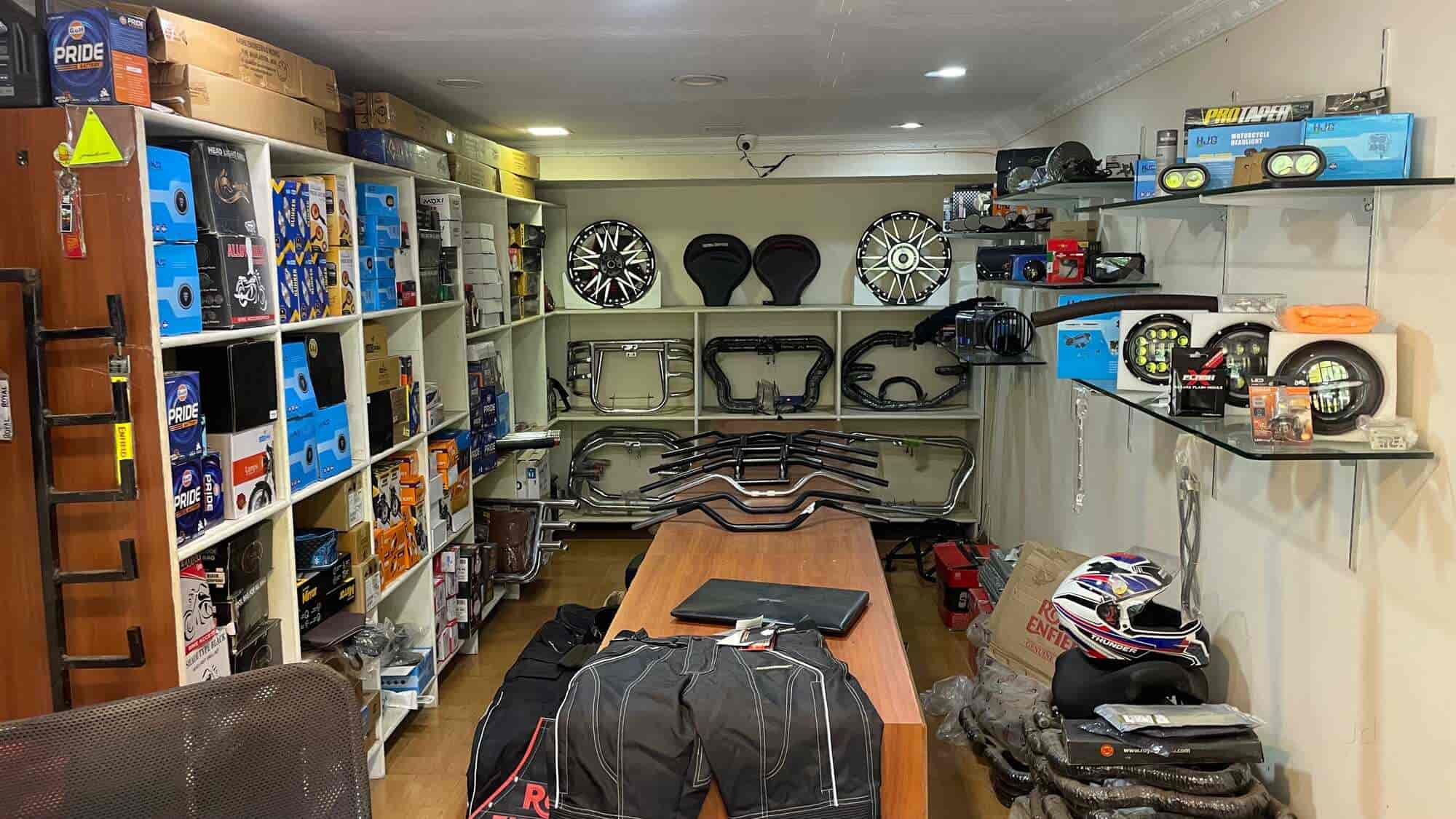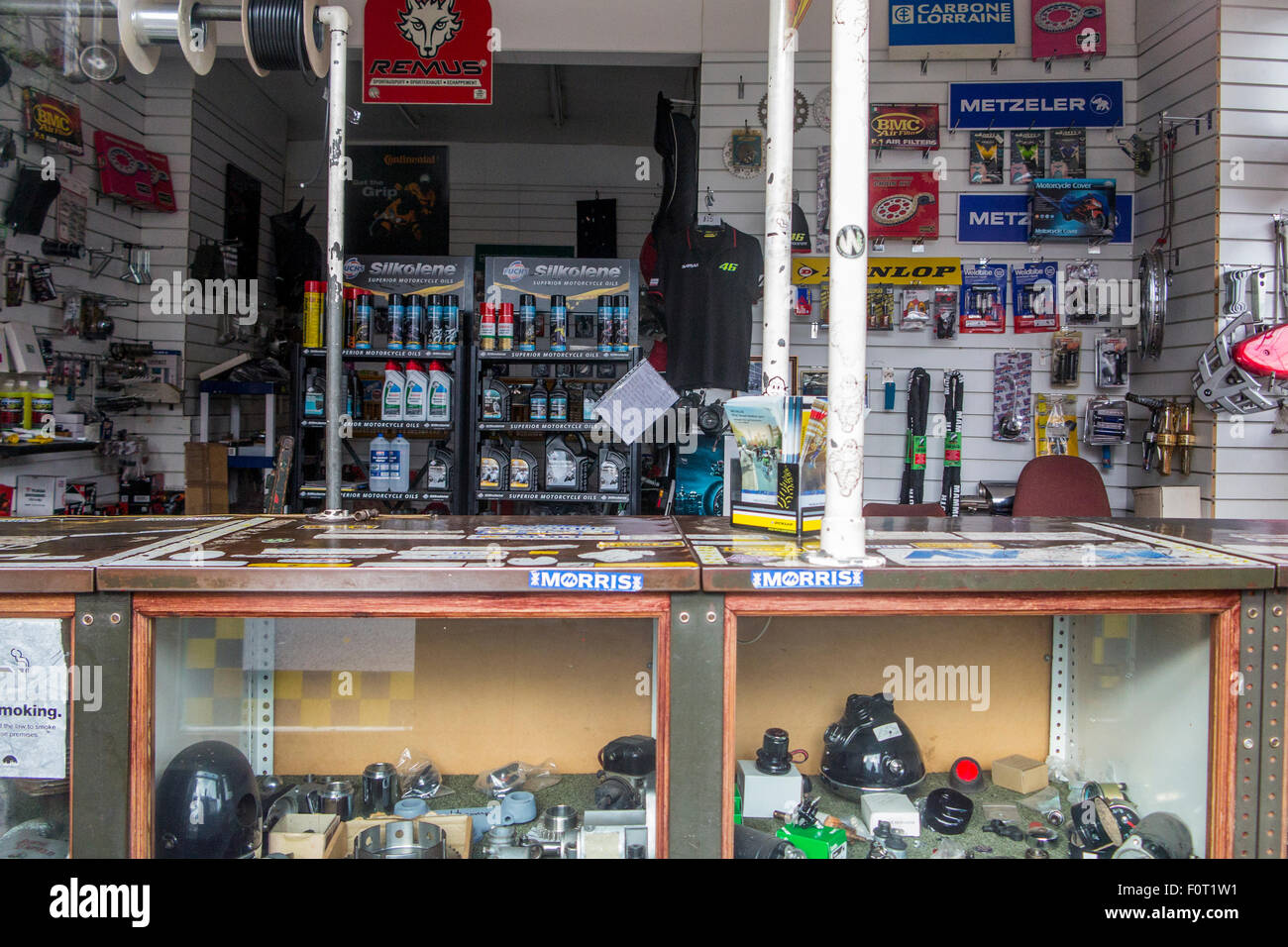Shop the very best MX Parts NZ for Your High-Performance Bike
Shop the very best MX Parts NZ for Your High-Performance Bike
Blog Article
Comprehending the Crucial Parts of a Bike: A Comprehensive Guide for Lovers
For motorbike enthusiasts aiming to elevate their riding experience and guarantee their bikes run smoothly, comprehending the essential elements of a bike is vital. Each component, from the engine's intricate operations to the essential duty of the stopping mechanisms, not only influences efficiency yet additionally safety and comfort. This guide will go through the essential parts that every motorcyclist need to recognize with, enabling notified options in both maintenance and potential upgrades. As we begin this expedition, one must ask: just how does each part connect to develop the smooth ride every enthusiast looks for?
Engine Components

The camshaft plays a vital duty in managing the timing of the engine's shutoffs, ensuring the exact opening and closing necessary for effective gas and air intake, along with exhaust expulsion. This timing is vital to keeping ideal engine efficiency and performance. Additionally, the carburetor or fuel injection system, depending upon the bike model, is liable for blending air with fuel in the right proportion for combustion.
The air conditioning system, either air or liquid-based, functions to maintain the engine's temperature within operational limitations, protecting against getting too hot and ensuring durability - motocross parts nz. Each component, carefully created and incorporated, contributes to the seamless operation of the engine, defining the motorbike's power output and general performance
Transmission System
Integral to the motorcycle's functionality, the transmission system makes sure effective power transfer from the engine to the wheels. This system comprises several important parts, including the clutch, transmission, and last drive, each playing a crucial duty in converting the engine's power right into activity. The clutch, generally operated by a hand lever, offers to engage and disengage the engine from the transmission, permitting smooth equipment changes and controlled velocity.
The gearbox, typically referred to as the transmission appropriate, includes a set of gears that riders can manually change through to change the bike's rate and torque result. These gears are prepared in a series that makes it possible for the bike to increase efficiently and preserve ideal engine performance across various speeds. Most bikes use a sequential gearbox, calling for the biker to change gears in an established order.
Braking Mechanisms
While comprehending the transmission system is essential to utilizing a bike's power, similarly essential is the ability to regulate and stop that power efficiently, which is where stopping systems enter play. Brakes are crucial for security and performance, giving the motorcyclist with the required control to navigate different terrains and conditions. Commonly, motorcycles include two kinds of stopping systems: disc brakes and drum brakes.
Disc brakes are a lot more prevalent in modern bikes due to their remarkable performance. This system offers far better heat dissipation, constant efficiency, and enhanced quiting power, particularly in damp problems.
Conversely, drum brakes, though less usual, are still found in some motorbikes. They function by pushing brake shoes against the inner surface area of a drum connected to the wheel. While typically much discover this info here less efficient in warm dissipation and quiting power, drum brakes are simpler and more affordable.
Recognizing these braking systems' nuances enables motorcyclists to keep their bikes appropriately and appreciate the engineering that guarantees risk-free and effective quiting.
Suspension and Guiding
Suspension and guiding systems are crucial parts that substantially affect a motorcycle's handling and trip convenience. The shock absorber, including forks at the front and shock absorbers at the back, soaks up roadway abnormalities, enhancing security and control. Front forks, generally telescopic or upside down, compress and rebound to mitigate impacts, while back shock absorbers keep tire call with the road, important for traction and safety.
Steering, focused around the handlebars, links the motorcyclist to the motorbike's directional control. The guiding head bearings make sure smooth procedure, permitting exact maneuverability. Proper placement and upkeep of these bearings are vital for predictable steering feedback and lowering motorcyclist fatigue.
The suspension's adjustability is another essential facet; preload, damping, and rebound setups permit modification to match different riding problems and styles. This flexibility is necessary for optimizing performance, whether browsing metropolitan roads or tackling tough trails. Advancements like digital suspension systems supply real-time modifications, boosting adventure high quality across varied surfaces.

Electric Equipments
After ensuring a controlled and smooth adventure via effective suspension and guiding systems, focus transforms to the electrical systems, a crucial element of modern-day motorcycles. These systems play a critical function not just in starting the engine however additionally in powering look here different parts that enhance the performance and safety and security of the motorcycle.
At the heart of a motorbike's electric system is the battery, which stores electric power required for starting the engine and powering supporting systems - motocross gear. The generator or generator, coupled with the rectifier-regulator, guarantees the battery stays billed while the bike functions, converting power into electric power and keeping voltage degrees
The ignition system, an additional crucial element, is in charge of stiring up the air-fuel combination in the engine's cyndrical tubes. Modern motorcycles frequently use a digital ignition system, using better performance and integrity compared to conventional systems.
Illumination systems, including headlights, tail lights, and indicators, are additionally vital, guaranteeing visibility and safety for the biker. Additional electronic parts such as sensing units, control devices, and presents add to innovative attributes like gas injection management, anti-lock braking systems (ABS), and digital dashboards, better boosting the riding experience.
Verdict
A complete understanding of a motorcycle's necessary parts, including the engine, transmission system, stopping mechanisms, suspension, guiding, and electrical systems, is crucial for fanatics aiming to enhance comfort, security, and efficiency. Proficiency of these aspects permits for educated decisions regarding upkeep and upgrades, ultimately boosting the riding experience. By integrating this expertise, bikers can ensure their bikes run at peak effectiveness and dependability, therefore making best use of both pleasure and durability of their lorries.
For motorbike lovers looking to boost their riding experience and ensure their bikes run smoothly, comprehending the vital parts of a motorbike is extremely important.Essential to the bike's functionality, the transmission system makes sure effective power transfer from the engine to the wheels.While understanding the transmission system is essential to utilizing a motorcycle's power, equally essential is the ability to manage and stop that power successfully, which is where stopping mechanisms come into play. Usually, bikes include 2 kinds of braking systems: disc brakes and drum brakes.
A complete comprehension of a motorbike's vital elements, consisting of the engine, transmission system, stopping mechanisms, suspension, steering, and electric systems, is vital for enthusiasts aiming to maximize comfort, safety, and this contact form performance.
Report this page